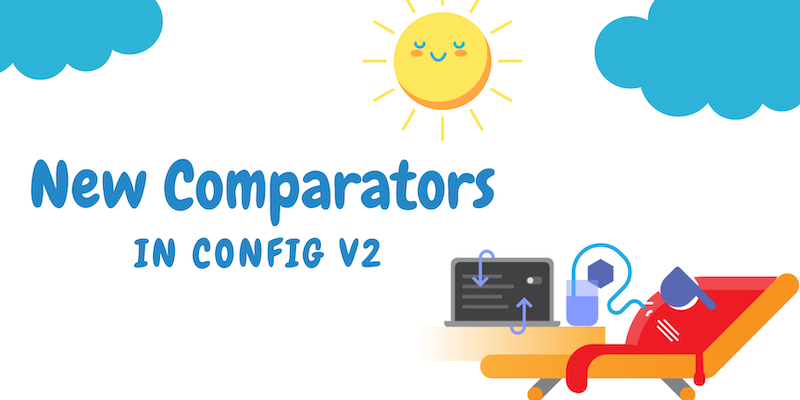Unreal Engine Meets ConfigCat - New SDK Released
Are you a game developer seeking an efficient way to roll out, manage, and control features in your games? Look no further. With ConfigCat's Unreal Engine SDK, you can seamlessly add feature flags directly into your Unreal Engine projects, allowing you to decouple feature releases from deployments. This not only gives you greater flexibility but also helps streamline your feature development process from start to finish. How does it work in practice? Let's dive in.















